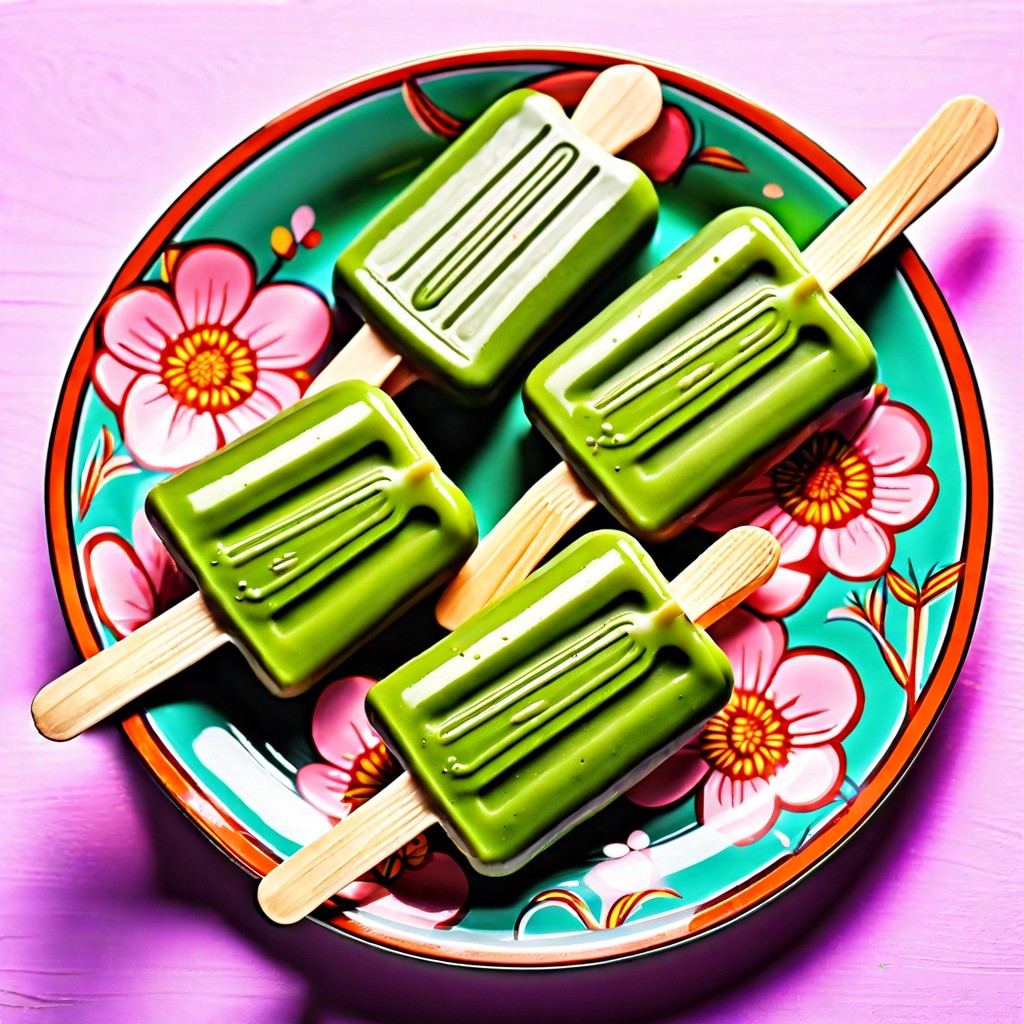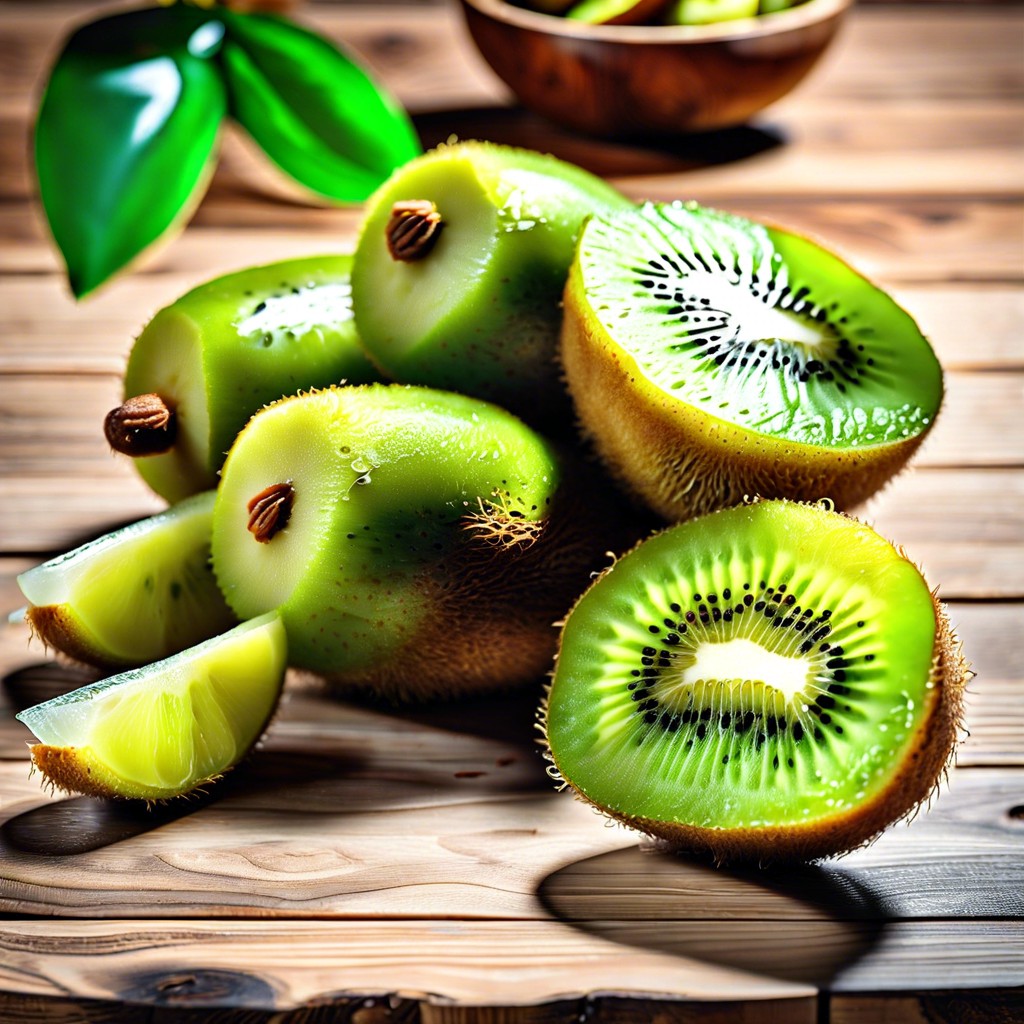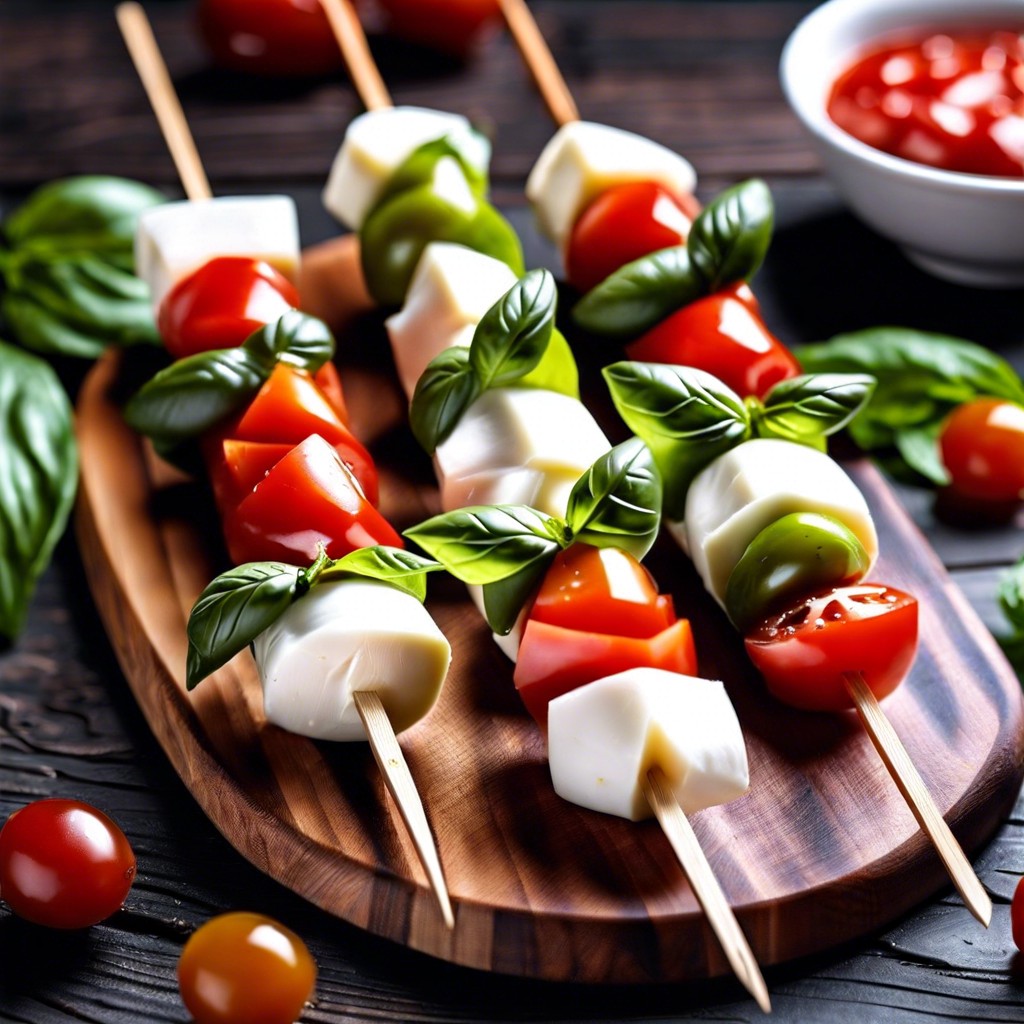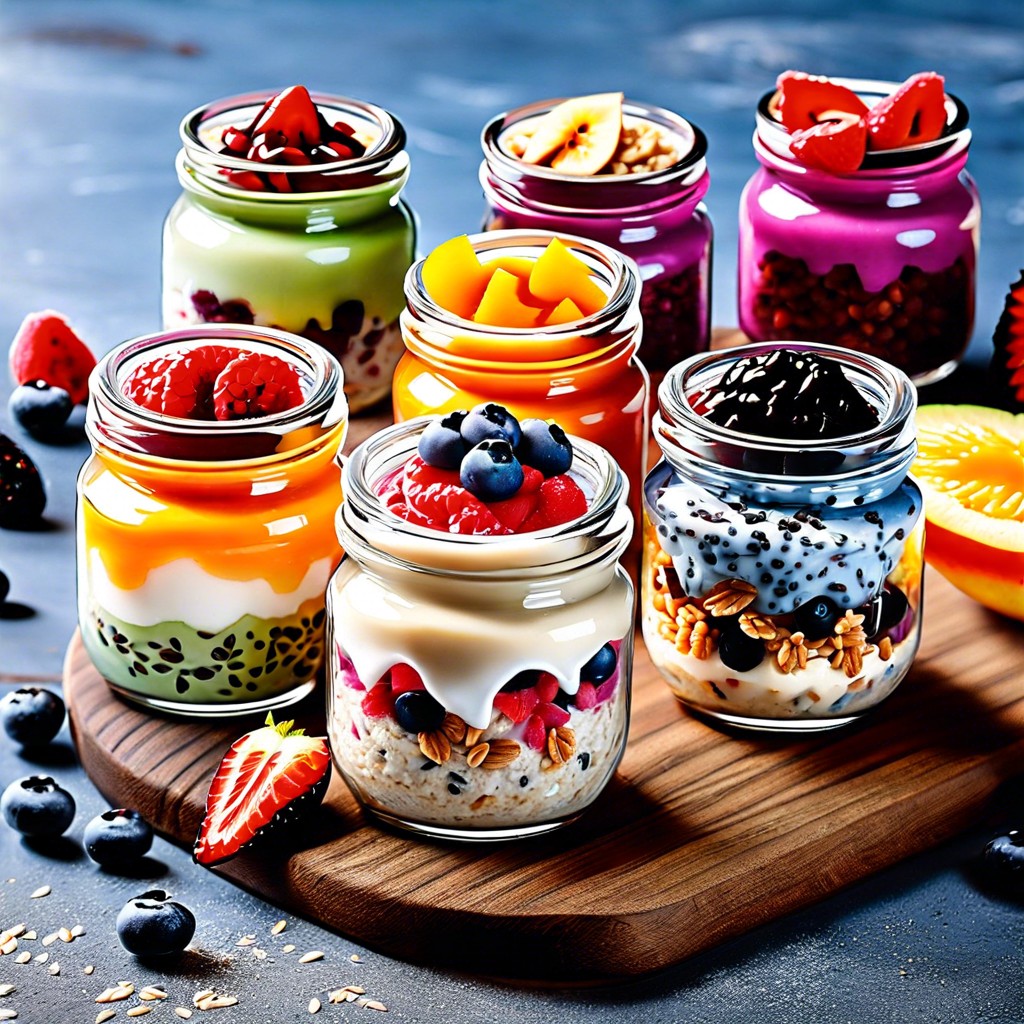An appetizer is a small dish served before the main course in a meal, often designed to stimulate the appetite and provide a preview of the flavors to come.
Have you ever sat down at a restaurant and wondered what exactly an appetizer is? Is it just a small dish to hold you over until the main course arrives, or is there more to it than that? Well, wonder no more! In this article, we’ll dive into the world of appetizers and explore their origins, different types, and how they fit into our dining experiences. So grab a snack (or maybe an appetizer?) and let’s get started!
Definition of Appetizer
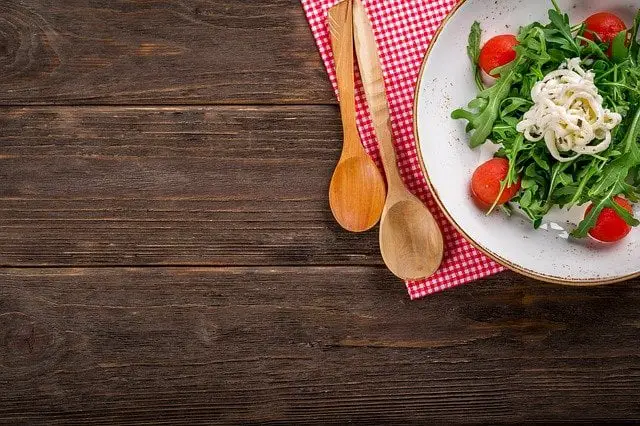
An appetizer is a small dish served before the main course in a meal. It can be anything from a simple plate of olives to an elaborate platter of charcuterie and cheeses.
The purpose of an appetizer is twofold: to stimulate the appetite and provide guests with something delicious to nibble on while they wait for their entrée.
The word “appetizer” comes from the French verb “appétit,” which means “to whet the appetite.” In other words, it’s meant to get your taste buds excited for what’s coming next. Appetizers are typically savory, but they can also be sweet or even spicy depending on where you are in the world.
While some people might think that appetizers are just unnecessary extras tacked onto restaurant menus, they actually serve an important function beyond just filling up diners before their main course arrives. They set the tone for your dining experience by giving you a preview of what flavors and textures you can expect throughout your meal.
Origins and History
These early versions of appetizers were often simple dishes such as olives, nuts, or cheese. In medieval times, elaborate feasts would feature multiple courses with small bites in between each one to cleanse the palate and keep guests satisfied until the next course arrived.
As time went on and dining became more formalized in Europe during the 18th century, hors d’oeuvres (a French term meaning “outside of work”) began appearing on menus at high-end restaurants. These small bites were designed not only to whet diners’ appetites but also showcase culinary skills.
In America during Prohibition (1920-1933), speakeasies served free salty snacks like pretzels or peanuts with drinks so that patrons would drink more alcohol – hence why these snacks are still called “bar food” today!
Cultural Variations
In some cultures, appetizers are an essential part of dining etiquette and can even be considered more important than the main course.
For example, in Spain, tapas are small plates that come in many varieties such as olives or cheese served with bread. They’re often enjoyed with drinks before dinner or as a light meal on their own.
Similarly, mezze is an assortment of small dishes commonly found in Middle Eastern cuisine that includes hummus and baba ghanoush.
In Japan, izakaya-style dining features small plates called otsumami which pair well with sake or beer. These dishes include edamame (soybeans), yakitori (grilled chicken skewers), and takoyaki (octopus balls).
In India’s culinary tradition there is chaat – savory snacks typically sold from street vendors – which includes samosas filled with spiced potatoes or chana masala made from chickpeas.
Importance in Dining
They are not just a way to whet your appetite, but they also set the tone for the meal to come. A well-crafted appetizer can create anticipation and excitement for what’s next on the menu.
Appetizers provide an opportunity for chefs to showcase their creativity and culinary skills. They allow chefs to experiment with different flavors, textures, and presentations that might not be possible in larger entrees.
For diners who may be unfamiliar with certain ingredients or flavor combinations, trying a small bite-sized portion of something new can be less intimidating than committing to a full entree. Appetizers offer a chance for diners to expand their palates without feeling overwhelmed by unfamiliar dishes.
Types of Appetizers
Some are hot and savory, while others are cold and refreshing. Finger foods like chicken wings or mozzarella sticks can be a crowd-pleaser at any party, while dips and spreads like hummus or spinach artichoke dip offer a healthier option for snacking.
Canapés and hors d’oeuvres often feature delicate flavors in bite-sized portions that make them perfect for elegant events such as weddings or cocktail parties. Soups and salads can also serve as an appetizer course before the main meal.
For those who prefer seafood starters, options include shrimp cocktail or crab cakes. Meat-based appetizers range from classic meatballs to bacon-wrapped dates stuffed with goat cheese.
Cheese-based starters such as baked brie with fruit preserves provide a rich flavor profile that pairs well with wine selections.
Hot Vs Cold Appetizers
Hot appetizers, as the name suggests, are served warm or hot and often feature cooked ingredients. They can be savory or sweet and range from bite-sized portions to larger dishes meant for sharing.
Some popular examples include baked brie with fruit preserves, crab cakes with aioli sauce, mini quiches filled with vegetables or meat, chicken wings in spicy sauce, fried calamari rings dipped in marinara sauce.
On the other hand, cold appetizers tend to be lighter fare that is served chilled or at room temperature. These dishes often showcase fresh produce like fruits and vegetables along with cured meats such as prosciutto ham slices wrapped around melon balls; cheese platters featuring different types of cheeses paired up with crackers; sushi rolls made from rice paper stuffed full of raw fish like salmon sashimi topped off by wasabi paste.
Finger Foods
These bite-sized treats are easy to eat and often require no utensils, making them perfect for social gatherings or events where guests may be standing and mingling. Finger foods come in many forms, from classic favorites like chicken wings and sliders to more creative options like sushi rolls or mini quiches.
One of the benefits of finger foods is their versatility – they can be served hot or cold, sweet or savory, vegetarian-friendly or meat-based. They also offer endless opportunities for creativity when it comes to presentation; think skewers with colorful fruits and vegetables arranged in a rainbow pattern, miniature tacos served on spoons with guacamole dollops on top.
When planning your next event menu featuring finger food appetizers consider the theme of your party as well as dietary restrictions among your guests. You might want to include some gluten-free options such as vegetable crudités with hummus dip alongside traditional cheese platters.
Dips and Spreads
They come in many different flavors and textures, from creamy hummus to spicy salsa. Dips and spreads are perfect for sharing with friends or family while waiting for the main course.
One classic dip is guacamole, made from mashed avocados mixed with lime juice, salt, garlic powder and other seasonings. It’s a great source of healthy fats as well as vitamins C & K! Another favorite is spinach artichoke dip which combines cream cheese with chopped spinach leaves & marinated artichokes hearts – it’s rich in flavor but also quite filling!
Spreads like pâté or liverwurst may not be everyone’s cup of tea but they have been around since ancient times when people used to preserve meat by grinding it into paste-like consistency mixed together spices before spreading on bread slices.
Canapés and Hors D’Oeuvres
Canapés are small, bite-sized pieces of bread or toast topped with a variety of savory ingredients such as cheese, meats, vegetables or spreads. They can be served cold or hot depending on the topping.
Hors d’oeuvres (pronounced “or-DERV”) is a French term that translates to “outside the work.” These small bites were originally intended to be served outside the main meal in order to whet guests’ appetites before dinner was served. Today they come in many forms including skewers, meatballs, stuffed mushrooms and more.
Both canapés and hors d’oeuvres offer endless possibilities for creativity when it comes to flavor combinations and presentation styles. They’re perfect for cocktail parties where guests may not want a full meal but still want something delicious to nibble on while socializing.
Soups and Salads
Soups, in particular, have a long history as an appetizer course and are often served hot to warm up the palate before the main course. Salads, on the other hand, provide a refreshing start to any meal with their crisp greens and flavorful dressings.
When it comes to soups as an appetizer option, there is no shortage of variety. From creamy bisques to hearty stews or light broths filled with vegetables or noodles – there’s something for everyone! Some popular soup options include French onion soup topped with melted cheese croutons or classic tomato soup paired with grilled cheese sandwiches.
Salads also offer endless possibilities when it comes to flavor combinations. A simple Caesar salad made from romaine lettuce tossed in dressing topped off by Parmesan shavings is always a crowd-pleaser while more complex salads like Greek salad featuring feta cheese olives cucumbers tomatoes onions peppers etc., add depth of flavors.
Popular Appetizers Worldwide
In Spain, tapas reign supreme with dishes like patatas bravas (spicy potatoes) and gambas al ajillo (garlic shrimp). Italy offers antipasti platters featuring cured meats, cheeses, olives and marinated vegetables.
In Japan, edamame beans or gyoza dumplings are often served as appetizers before sushi rolls or ramen bowls.
In India samosas filled with spiced potatoes or minced meat are popular starters while in the Middle East mezze platters of hummus dips along with falafel balls make for great sharing plates. South American countries have their own versions of empanadas – stuffed pastry pockets that can be baked or fried – while North Americans love to indulge in loaded nachos topped with cheese sauce and jalapenos.
Fusion Appetizers
These dishes often incorporate ingredients and techniques from multiple regions, resulting in exciting new tastes that can surprise even the most seasoned foodies.
One popular example of fusion appetizers is Korean-style tacos, which combine traditional Mexican street food with Korean flavors like kimchi and gochujang sauce. Another delicious option is sushi burritos – a cross between Japanese sushi rolls and Mexican burritos – filled with fresh seafood, avocado, rice, vegetables wrapped in seaweed.
The beauty of fusion cuisine lies not only in its creativity but also its ability to bring people together through shared experiences at the table.
Vegetarian and Vegan Options
Many restaurants now offer a variety of plant-based starters that not only cater to dietary restrictions but also provide unique flavor profiles.
For vegetarians, dishes like stuffed mushrooms or bruschetta with tomato and basil can be satisfying choices. Vegan options may include hummus with pita bread or vegetable spring rolls served with a sweet chili sauce.
Chefs have also been experimenting with alternative proteins such as tofu, tempeh, seitan, and jackfruit to create vegetarian versions of classic meat-based appetizers like sliders or buffalo wings.
Allergen-aware Appetizers
Many restaurants are now offering allergen-aware menus and dishes to accommodate their guests’ needs. This is especially important when it comes to appetizers since they often contain common allergens such as nuts, dairy, and gluten.
When ordering an appetizer at a restaurant, it’s essential to inform your server of any allergies or dietary restrictions you may have. They can then guide you towards safe options on the menu or even suggest modifications that can be made to certain dishes.
If you’re hosting a party at home and know that some of your guests have food allergies or sensitivities, consider serving allergen-free appetizers alongside traditional ones. This way everyone can enjoy the spread without worrying about potential reactions.
Some popular allergen-free appetizer options include fresh fruit skewers with honey yogurt dip (dairy-free), roasted vegetable hummus cups (gluten-free), and spicy edamame beans (nut-free).
Seafood Starters
From shrimp cocktail to oysters on the half shell, there are plenty of options to choose from when it comes to seafood appetizers.
One classic option is ceviche, a dish that originated in South America and typically features raw fish marinated in citrus juices and spices. Another popular choice is crab cakes, which can be made with lump crab meat or imitation crab meat and served with various sauces such as tartar sauce or remoulade.
For those who prefer something lighter, smoked salmon crostini or tuna tartare may be more appealing options. These dishes feature thinly sliced fish served on top of toasted bread slices or mixed with other ingredients like avocado and cucumber.
When it comes to wine pairing suggestions for seafood starters, white wines like Sauvignon Blanc or Chardonnay pair well due to their crisp acidity that complements the flavors of the sea. However red wines like Pinot Noir can also work well depending on how richly flavored your starter is.
Meat-based Appetizers
These starters can be made with various types of meat, including beef, chicken, pork, lamb or even game meats like venison or bison. Some classic examples of meat-based appetizers include mini-meatballs in marinara sauce, bacon-wrapped scallops or dates stuffed with chorizo.
For a more upscale option at your next dinner party try serving steak tartare on crostini topped with capers and shallots. Or if you’re looking for something hearty to serve during the colder months consider making bite-sized portions of beef stew served in small bread bowls.
When it comes to selecting the right wine pairing for your meat-based appetizer there are some general guidelines that can help enhance the flavors. For example, red wines such as Cabernet Sauvignon pair well with rich and bold flavored meats like lamb chops while white wines such as Chardonnay complement lighter options like chicken skewers.
Cheese-based Starters
Cheese is versatile, flavorful, and pairs well with a variety of other ingredients. From classic cheese plates to more creative dishes like baked brie or goat cheese crostini, there are endless possibilities when it comes to incorporating cheese into your appetizer menu.
One popular option is the charcuterie board – an assortment of cured meats, cheeses, crackers or breads that can be customized based on personal preferences. A good rule of thumb when selecting cheeses for a charcuterie board is to choose at least three different types: one soft (like brie), one hard (like cheddar), and one blue (like gorgonzola).
This provides guests with a range of textures and flavors.
Another delicious option is fondue – melted cheese served in a communal pot alongside various dipping items such as bread cubes or vegetables. Swiss-style fondue typically features gruyere and emmental cheeses while French-style fondue uses comte or raclette.
Presentation and Plating
The way an appetizer is plated can set the tone for the rest of the meal and even influence our perception of its flavor. Chefs often use creative plating techniques to enhance their dishes’ visual appeal, such as arranging ingredients in intricate patterns or using unique serving vessels like shot glasses or mini skillets.
When it comes to plating your own appetizers at home, there are a few tips you can keep in mind to elevate their presentation. First, consider using contrasting colors and textures to create visual interest on your plate.
For example, pair bright green herbs with deep red tomatoes or crunchy nuts with creamy cheese.
Another technique is playing with height by stacking elements vertically or propping them up against each other at angles for added dimensionality. Don’t forget about negative space – leaving some areas of your plate empty will help draw attention to key components while preventing overcrowding that could detract from their individual flavors.
Wine Pairing Suggestions
First and foremost, you want the wine and food flavors to complement each other rather than compete. For example, if you’re serving a rich cheese-based starter like baked brie or goat cheese crostini, opt for a light-bodied white wine like Sauvignon Blanc or Pinot Grigio that won’t overpower the delicate flavors.
On the other hand, if your appetizer is more savory and meaty such as bacon-wrapped dates or beef skewers with chimichurri sauce then consider pairing it with a bold red wine such as Cabernet Sauvignon or Malbec.
Of course these are just guidelines – ultimately what matters most is your personal taste preferences! Don’t be afraid to experiment with different pairings until you find what works best for you.
Crafting the Perfect Appetizer Menu
Not only do you want to provide your guests with delicious and satisfying bites, but you also want them to complement each other and set the tone for the rest of the meal.
To start, consider your audience. Are they adventurous eaters who enjoy trying new things? Or would they prefer classic dishes that are familiar and comforting? Once you have an idea of their preferences, choose a variety of appetizers that cater to different tastes.
Next up is presentation. The way food looks can be just as important as how it tastes! Consider plating options such as wooden boards or slate slabs for a rustic feel or elegant serving trays for more formal occasions.
Don’t forget about wine pairing suggestions! A well-paired glass of wine can enhance flavors in both food and drink. Consult with your local sommelier or research online resources for recommendations on which wines pair best with specific types of appetizers.
By following these tips when crafting your perfect appetizer menu, not only will you impress your guests but also create an unforgettable dining experience from start to finish!
FAQ
What’s considered an appetizer?
An appetizer is a small-portioned first course of a multi-course meal, served to complement an entrée and stimulate the appetite before the following courses.
What is appetizer and example?
Appetizer: a pre-meal food or drink stimulating appetite, e.g., shrimp with cocktail sauce, vegetables and dips, cheeses, or fruits.
How do appetizers differ from main courses in terms of portion size and preparation?
Appetizers differ from main courses in terms of generally smaller portion sizes and often simpler preparation methods.
What are some popular appetizers from various cultures around the world?
Popular appetizers from various cultures include American buffalo wings, Spanish tapas, Indian samosas, Japanese gyoza, and Greek spanakopita.
What are the key factors to consider when selecting an appetizer for a specific event or gathering?
When selecting an appetizer for a specific event or gathering, consider factors such as guest preferences, dietary restrictions, event theme, and appropriate serving size.
